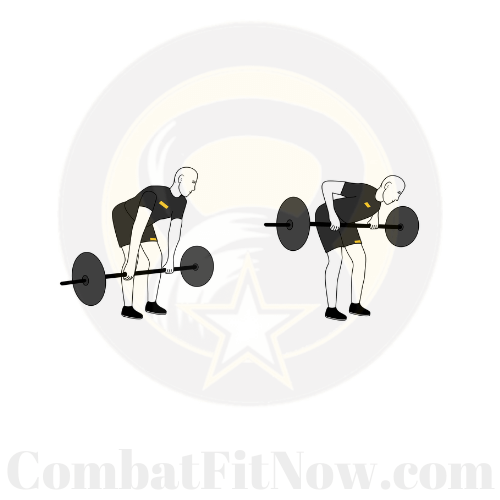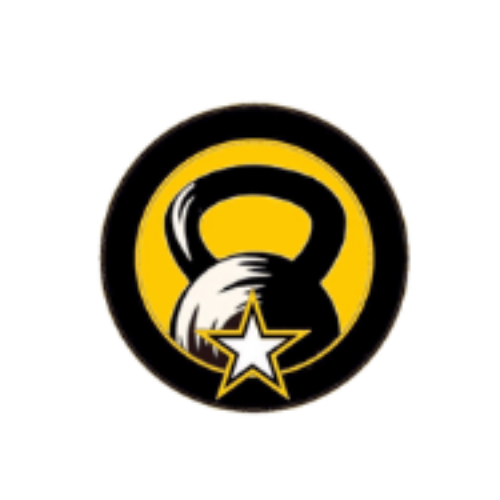Performing bent over barbell rows is a great exercise for targeting the muscles in your upper back, particularly the lats. Here’s a step-by-step guide on how to do bent-over barbell rows with proper form:
Muscles Worked:
- Latissimus dorsi (lats)
- Rhomboids
- Trapezius
- Erector spinae (lower back)
- Biceps
Equipment Needed:
- Barbell
- Weight plates
Instructions:
- Set Up:
- Load an appropriate weight onto a barbell and place it on the floor.
- Stand with your feet shoulder-width apart, toes pointing slightly outward.
- Position the barbell in front of you, about a foot away.
- Grip:
- Bend at your hips and knees to lower your torso until it’s almost parallel to the floor.
- Keep your back straight and maintain a natural arch in your lower back.
- Grip the Bar:
- Bend your knees slightly and grip the barbell with an overhand grip (palms facing down) that is wider than shoulder-width apart.
- Your hands should be just outside your knees.
- Initial Position:
- Keep your head in a neutral position, in line with your spine.
- Engage your core to stabilize your spine.
- Your arms should be fully extended, and your back should be flat.
- Pull the Bar:
- Exhale and pull the barbell towards your lower chest or upper abdomen.
- Focus on squeezing your shoulder blades together as you lift the barbell.
- Keep your elbows close to your body as you pull.
- Top Position:
- Squeeze your back muscles at the top of the movement.
- The barbell should be close to, or lightly touch, your lower chest or upper abdomen.
- Lower the Bar:
- Inhale and lower the barbell back to the starting position in a controlled manner.
- Keep your back straight and avoid rounding your shoulders.
- Repeat:
- Perform the desired number of repetitions.
- Control the weight throughout the entire range of motion.
- Safety Tips:
- Use a weight that allows you to maintain proper form.
- Keep your back straight to avoid unnecessary stress on your lower back.
- If you have lower back issues, consider using a lifting belt for added support.
- Start with a lighter weight to master the form before progressing to heavier loads.
Remember, if you’re new to this exercise or weightlifting in general, it’s a good idea to consult with a fitness professional or your healthcare provider to ensure it’s safe for you. Additionally, consider asking a fitness professional to demonstrate the exercise and provide feedback on your form.



